The technique promises to eliminate cutting, scarring, pain, and recovery time.
Get the latest international news and world events from around the world.
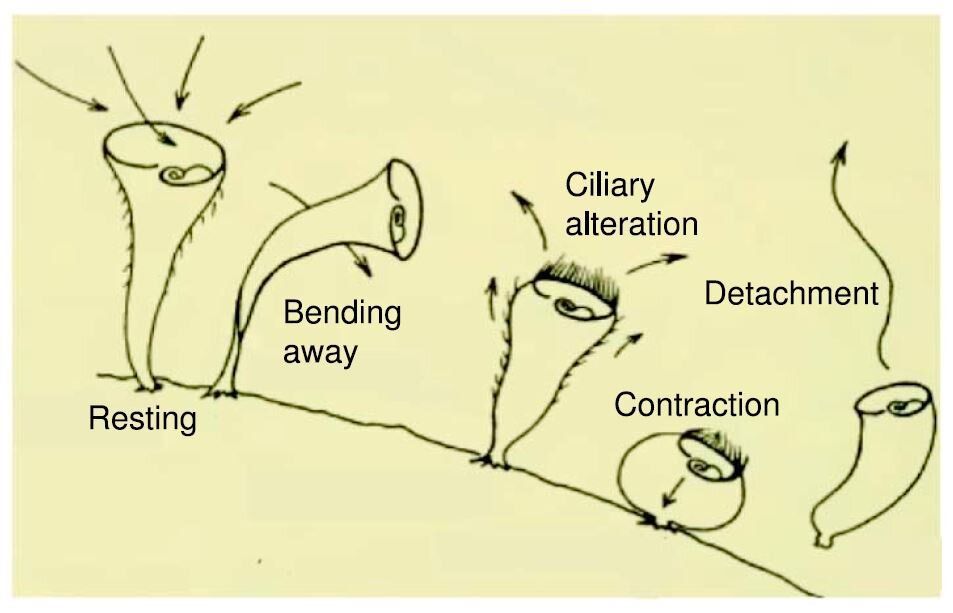
Can a single-celled organism ‘change its mind’? New study says yes
Once, single-cell life claimed sole dominion over the earth. For some three billion years, unfathomable generations of unicellular organisms ate, grew and reproduced among only each other. They evolved into predators and prey, thrived and spread across the primordial waters and land, and formed complex and dynamic ecosystems in every ecological niche on the planet. Around 600 million years ago, some even crossed the threshold into multicellularity.
Today, however, single-cell organisms are synonymous with notions like primitive and simple. Yet, new research suggests that they may be capable of much more than their very distant human cousins might suspect.
In an effort to replicate an experiment conducted over a century ago, systems biologists at Harvard Medical School now present compelling evidence confirming at least one single-cell organism—the strikingly trumpet-shaped Stentor roeselii—exhibits a hierarchy of avoidance behaviors.

1st Ebola vaccine clinical study in Japan to begin this month
A team of University of Tokyo researchers said Thursday it will begin a clinical study later this month on a vaccine for the Ebola virus, a first in Japan, with the vaccine developed using an artificially produced detoxified virus.
The new vaccine developed by Yoshihiro Kawaoka, a professor at the university’s Institute of Medical Science, and others is believed to have fewer side effects compared to those produced abroad, according to the institute.
The researchers said they aim to develop the Ebola vaccine to prevent further outbreaks of the deadly hemorrhagic fever in Africa.
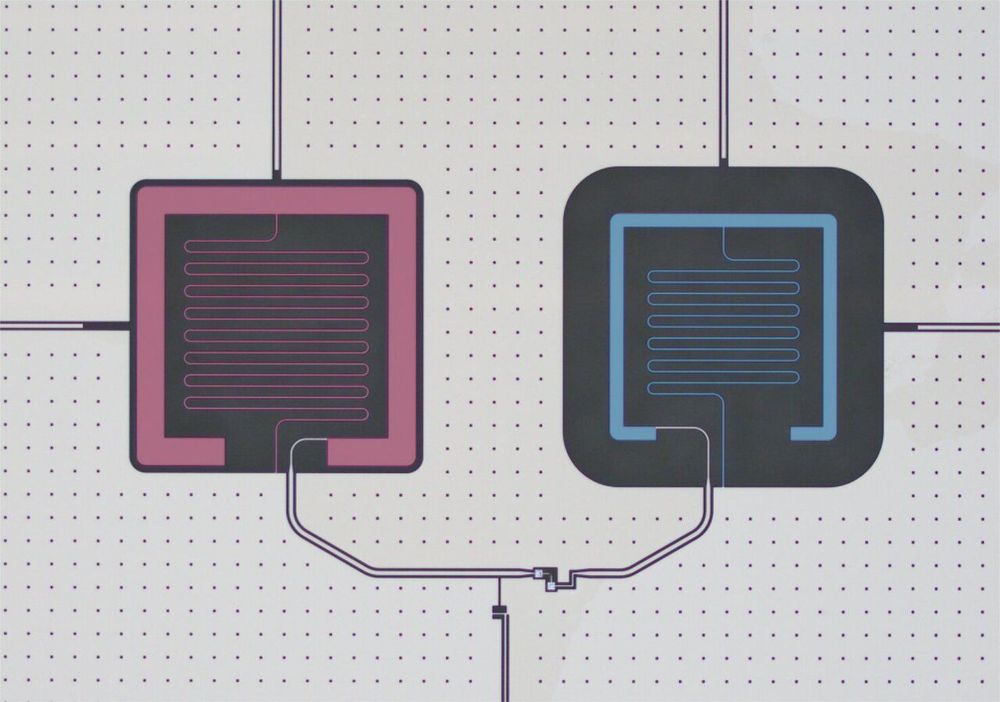
Researchers achieve quantum control of an oscillator using a Josephson circuit
Superconducting circuits, which have zero electrical resistance, could enable the development of electronic components that are significantly more energy-efficient than most chips used today. Importantly, superconducting circuits rely on an electronic element known as the Josephson junction, which allows them to manipulate quantum information and mediate photon interactions. While past studies have tried to enhance the performance and coherence of Josephson circuits, so far, the most promising results in terms of photon lifetimes were achieved in microwave cavities.
A team of researchers at Princeton University, Northwestern University and the University of Chicago have directly operated an oscillator using a stimulated Josephson nonlinearity. In their paper, published in Nature Physics, the team achieved quantum control of an oscillator by operating it as an isolated two-level system, tailoring its Hilbert space.
“Our research was motivated by the ongoing effort in the superconducting circuits community to engineer highly coherent qubits for quantum information,” Prof. Andrew Houck, one of the researchers who carried out the study, told Phys.org. “There has been enormous progress in designing linear microwave resonators that can outperform the coherence of conventional superconducting qubits.”
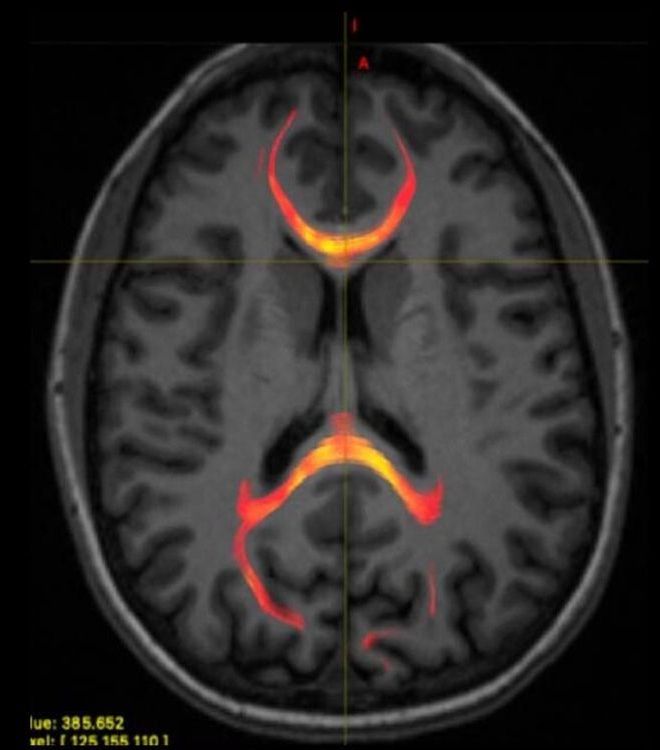
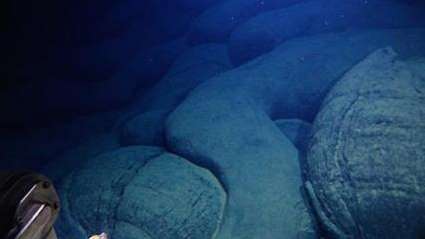

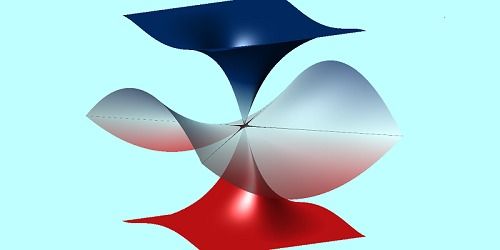
Viewpoint: A Whole Surface of Exceptional Points
Researchers fabricated a cavity device with a large number of “exceptional points,” which are modes that exhibit exotic phenomena, such as extreme sensitivity to external parameters.
One of the fundamental laws of physics is that energy is conserved, but many local physical systems—seen in isolation—gain or lose energy. For example, a light bulb converts electrical power into radiation, which from the perspective of the electrical circuit is a loss of energy. By contrast, a light beam gains energy as it passes through an amplifying medium. Although one can model the inputs and outputs, it’s often mathematically simpler to just treat energy as a locally nonconserved quantity. Nonconservative systems, referred to as non-Hermitian, have attracted a great deal of interest because they can exhibit potentially useful phenomena, such as enhanced sensing [1] and robust single-mode lasing [2]. These phenomena are intimately related to the ability of non-Hermitian systems to support exceptional points, a type of degeneracy in which two or more modes suddenly coalesce into one (Fig. 1).

Developer Economics Survey | Developer tools, apps, design, games
Take the Developer Economics Survey and win prizes!
The Developer Economics survey is run by independent analyst firm /Data, reaching over 40,000+ developers in 167 countries annually. It is for Software developers: professionals, hobbyists & students, working across all major areas: mobile, web, desktop, cloud, IoT, AR/VR, games, ML & data science.